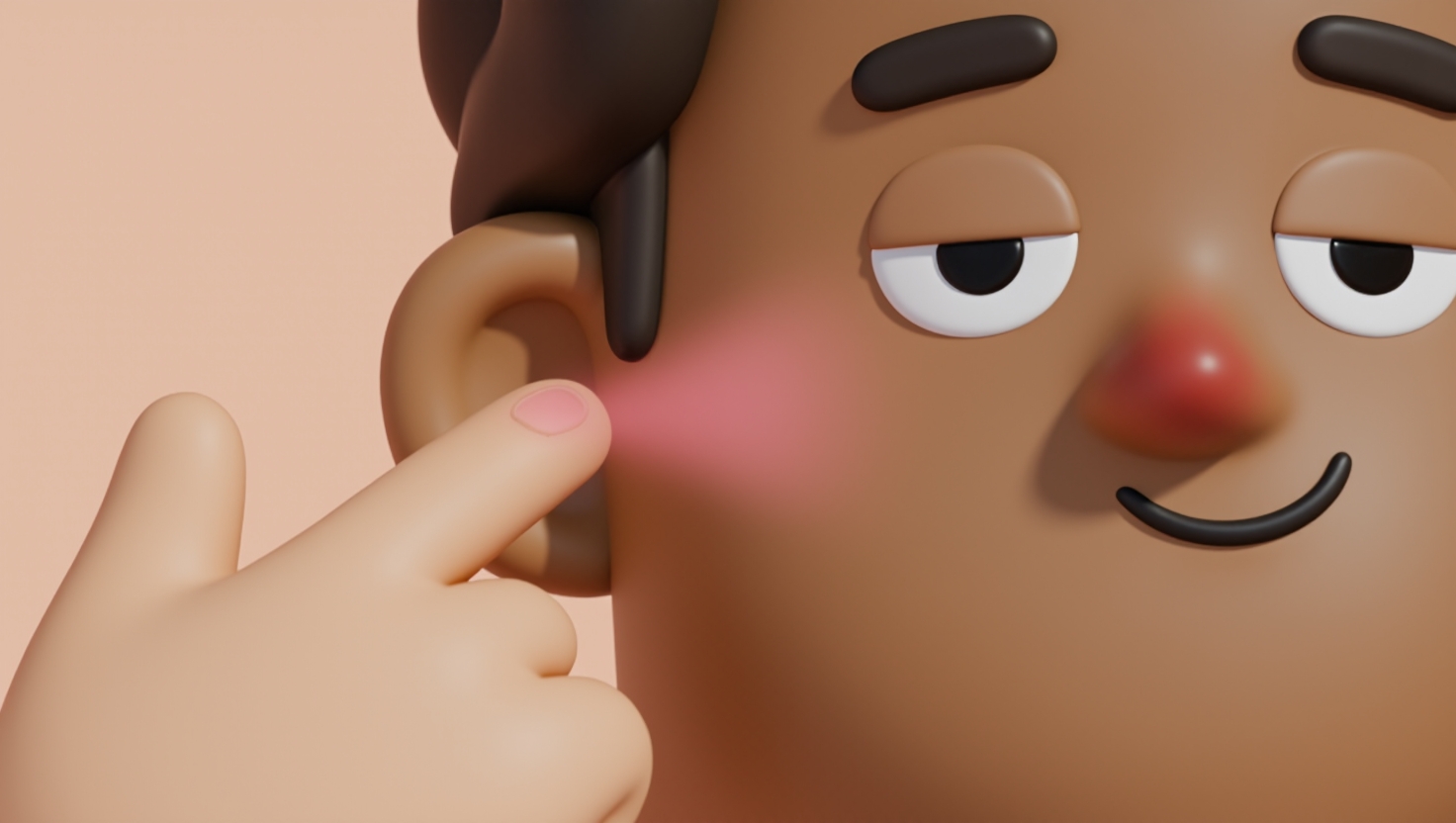What Is an Ear Lesion, Mucoid?
Understanding Ear Lesions with Mucoid Appearance
An ear lesion, mucoid refers to an area on or inside the ear that appears as a sore or damaged spot and is associated with a clear, sticky, or mucus-like fluid. In simpler terms, it’s a patch of irritated skin or tissue in the ear that may produce or be covered by a slimy substance resembling mucus. This symptom can occur either on the outer ear—the visible part—or within the ear canal, which is the passage leading to the eardrum.
Imagine the ear as a delicate garden: most of the time, it’s well-tended and healthy, but sometimes small patches can develop that feel raw or irritated, and those patches might weep clear, sticky fluid. This is essentially what a mucoid ear lesion is—a small, inflamed spot with a mucoid discharge.
These lesions can vary in size and severity, often presenting as red or swollen areas. Depending on their cause and location, they might cause discomfort, itching, or a sensation of fullness in the ear.
Common Causes of Mucoid Ear Lesions (Informational Only)
Mucoid ear lesions can develop for several reasons, many of which stem from inflammation or irritation. Some of the most frequent causes include:
- Ear infections: Middle ear infections (otitis media) or outer ear infections (otitis externa, sometimes called swimmer’s ear) can inflame ear tissues and cause a mucus-like discharge. For example, an infection caused by bacteria or fungi often leads to redness, swelling, and fluid buildup that can appear mucoid.
- Allergic reactions: Allergies to everyday items such as earrings made of nickel, earplugs, headphones, or topical skin products like hair sprays can trigger an allergic reaction on the sensitive ear skin. This may lead to redness, itching, and mucoid lesions, sometimes confused with infections.
- Skin conditions: Chronic skin diseases such as eczema (atopic dermatitis), psoriasis, or seborrheic dermatitis can affect the delicate skin of the ear, leading to inflamed patches that might ooze or produce mucoid fluid. These conditions often cause persistent itching and discomfort.
- Trauma or irritation: Frequent scratching, aggressive cleaning with cotton swabs, or even minor injuries can break the skin’s surface and lead to sores that discharge mucoid fluid. For instance, someone using earbuds excessively or cleaning the ear canal too harshly may unintentionally cause these lesions.
- Blockage or buildup: Accumulated earwax or other debris can block the ear canal, creating a moist, inflamed environment that encourages lesion formation. This buildup can also trap bacteria or fungi, worsening irritation.
This list is for informational purposes only and does not capture every possible cause. If symptoms persist or worsen, a healthcare professional should be consulted.
When to Consider Seeing a Doctor
Recognizing when to seek medical advice is important to prevent complications. If an ear lesion with mucoid characteristics is noticed, medical consultation is recommended under the following circumstances:
- The lesion worsens or does not improve over time despite home care or hygiene measures.
- There is significant pain, swelling, or redness extending beyond the lesion area.
- Hearing changes occur, including muffled hearing or new ringing (tinnitus).
- Fever, chills, or other signs of systemic infection develop.
- The discharge has a foul smell, unusual color (such as yellow-green), or excessive volume.
Healthcare professionals can properly evaluate the lesion, possibly taking swabs or performing an ear examination using specialized instruments. Early diagnosis and treatment may help reduce discomfort and prevent progression to more serious conditions.
Impact on Work, Social Life, and Quality of Life
Living with a mucoid ear lesion can affect more than just the physical ear itself. Many people experience impacts that extend into daily routines and overall well-being:
- Discomfort or pain: Persistent itching, burning, or tenderness around the lesion can interfere with work, concentration, or other tasks.
- Self-consciousness: Visible spots or clear discharge can cause embarrassment in social or professional settings, potentially limiting social interactions or causing anxiety about appearance.
- Difficulty wearing ear devices: Those who use headphones, hearing aids, or earbuds may find them uncomfortable or painful to wear, interfering with communication and entertainment.
- Sleep disturbances: Irritation may worsen at night, either from lying on the affected side or general inflammation, causing difficulty falling or staying asleep.
Understanding these quality-of-life issues highlights the importance of appropriate care.
Recent Research Insights
Recent studies have shown that a significant percentage of patients with mucoid ear lesions experience recurring ear discomfort that interferes with daily activities.
Research indicates that early identification and appropriate management—including addressing inflammation and avoiding irritating triggers—can reduce symptom duration. Findings suggest that mucoid discharge is often linked with underlying inflammation rather than solely infectious causes. This information points to a variety of possible triggers—such as allergic reactions or mild skin conditions—underscoring the need for tailored treatment approaches.
Ongoing research aims to better understand the mechanisms behind mucoid ear lesions to improve diagnosis and develop more targeted therapies to enhance ear health and patient quality of life.
---
Ready to breathe easier? Schedule your visit at Sleep and Sinus Centers today—online or call (678) 689-1100. Our experienced specialists can help evaluate and manage ear-related concerns with personalized care.
This article is for educational purposes only and is not medical advice. Please consult a qualified healthcare provider for diagnosis and treatment.
Don’t let allergies slow you down. Schedule a comprehensive ENT and allergy evaluation at Sleep and Sinus Centers of Georgia. We’re here to find your triggers and guide you toward lasting relief.



